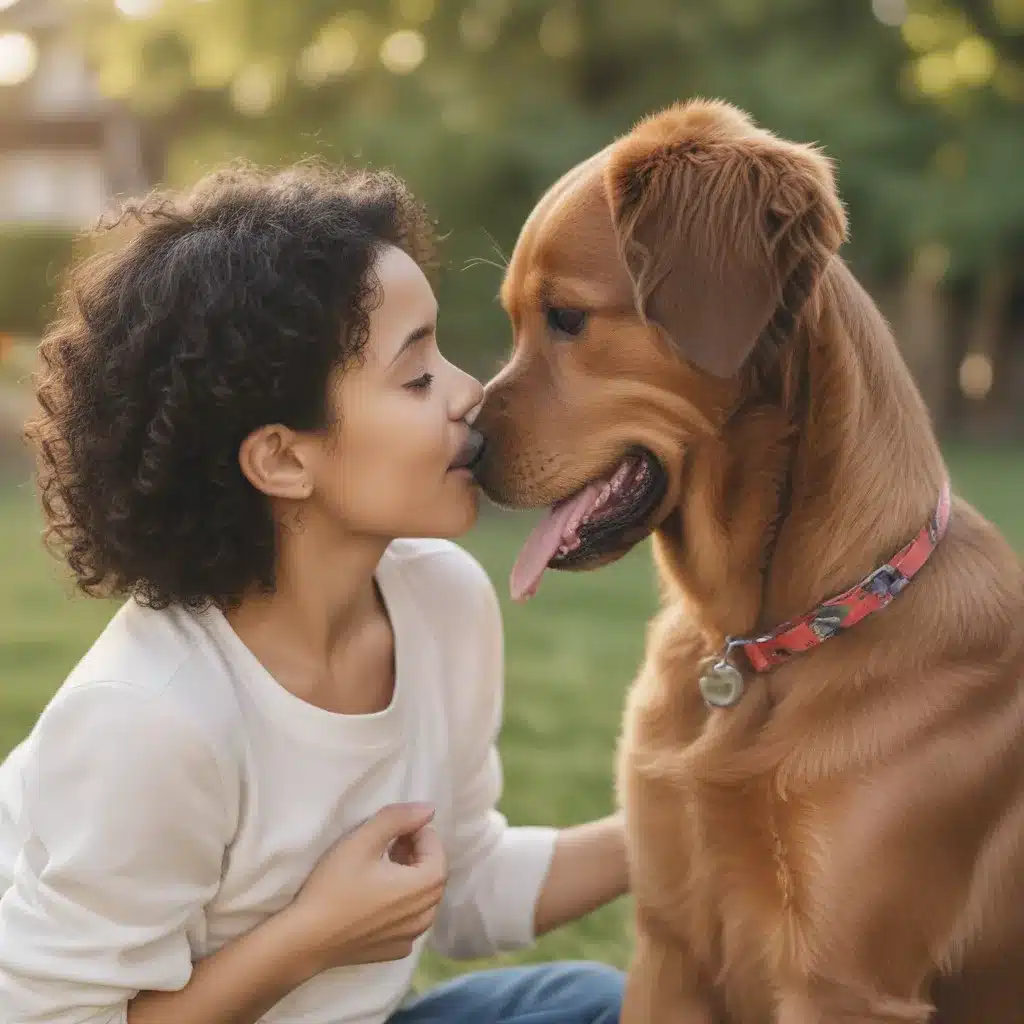
Adopting a furry friend is one of the most rewarding experiences a dog lover can have. But if your newly-adopted pup missed out on crucial socialization as a puppy, the journey ahead might seem a little ruff. Fear not, my fellow dog devotees – with the right approach and a whole lot of patience, you can turn your anxious adoptee into a social butterfly!
Understanding the Importance of Socialization
Let’s start with the basics. Socialization is all about exposing your pup to new people, animals, sights, sounds, and experiences in a positive way. It’s kind of like social training for dogs – the more they’re exposed to, the more comfortable and confident they’ll become.
Puppies have a critical socialization window, usually between 3 and 16 weeks of age. This is when they’re little sponges, soaking up all the new things they encounter and learning that the world isn’t such a scary place. But what happens if a pup misses out on this vital time?
Well, your adopted dog may struggle with things that other pups take in stride. They might be fearful of strangers, reactive around other dogs, or just plain anxious in unfamiliar situations. And that’s where you, the devoted dog parent, come in to save the day!
Laying the Groundwork for Socialization Success
Before you dive headfirst into socialization, it’s important to set your pup up for success. Start by identifying their specific triggers – the people, animals, or environments that cause them the most stress. This will help you tailor your approach and work at a pace that keeps them comfortable.
Next, make sure your dog knows some basic commands like “come” and “sit.” These will be your superpowers when you start introducing new experiences. And don’t forget to have a stash of high-value treats on hand – we’re talking the good stuff, like chicken or cheese. These will be your trusty sidekicks in the socialization process.
Finally, be prepared to take things slow. Rushing into new situations can quickly overwhelm an anxious pup, undoing all your hard work. Remember, slow and steady wins the race when it comes to socialization.
Easing Into New Experiences
Once you’ve got the groundwork laid, it’s time to start introducing your dog to the big, wide world. But let’s not throw them in the deep end just yet. Instead, begin with low-stress situations and gradually work your way up.
For example, start by taking your pup on walks around your quiet neighborhood. As they gain confidence, you can venture out to busier streets, parks, or even pet-friendly stores. The key is to keep an eye on their body language and never push them past their comfort level.
When it comes to meeting new people or other dogs, take a similarly cautious approach. Begin by having friends or neighbors toss treats to your pup from a distance, gradually allowing them to get closer over time. And when it’s time for on-leash introductions, keep them brief and positive – no more than 30 seconds of sniffing before moving on.
Mastering the Art of Counter-Conditioning
One of the most effective techniques for helping an anxious dog feel more comfortable is called counter-conditioning. The idea is to pair the things that scare them (their “triggers”) with something they love, like yummy treats or playtime.
Let’s say your dog panics when they see a stranger. Instead of forcing an introduction, you’d start by having the stranger toss treats to your pup from a safe distance. Over time, as your dog associates strangers with delicious rewards, their fear starts to melt away.
Counter-conditioning takes time and patience, but the payoff is huge. Not only will your dog become more confident, but you’ll also strengthen the bond between you. It’s a win-win for both of you!
Seeking Professional Guidance
As you embark on your socialization journey, it’s important to remember that you don’t have to go it alone. Reach out to a certified professional dog trainer or behavior consultant – they can be an invaluable resource in helping you create a customized plan for your pup.
These experts can provide tailored advice, support you through setbacks, and even recommend the use of anti-anxiety medications or supplements if needed. After all, you want to make sure your dog’s socialization experience is as positive and successful as possible.
Maintaining Socialization for Life
Once your pup has conquered their socialization goals, the work isn’t over. To keep them feeling confident and comfortable, you’ll need to make socialization a lifelong commitment.
Continued exposure to new people, animals, and environments is key. Enroll your dog in regular doggy daycare sessions, plan playdates with furry friends, and take them on adventures to pet-friendly hotspots. And don’t forget to keep up with those high-value treats – positive reinforcement is the name of the game when it comes to socialization.
Remember, every dog is different, and there’s no one-size-fits-all approach to socialization. But with patience, persistence, and a whole lot of love, you can turn your adopted pup into a social butterfly that’s the envy of the dog park. So, what are you waiting for? Let’s get socializing!

